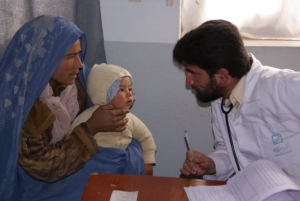
Senegal, the westernmost country in Africa, is a country of rich history and culture, however many of the Senegalese people continue to face the challenges of poverty despite its economic progress in recent years. As of 2024, nearly 36% of the population lived below the national poverty line, with rural communities being the most vulnerable. Food insecurity is one of the most common issues, and malnutrition is a large concern, with 66% “of children under five years old suffering from anemia,” a condition that impacts how children grow and develop. While the country has made strides in health care there were an estimated 44,000 citizens living with HIV in 2023. Despite these difficulties, Senegal is full of resilience with many charities operating in Senegal to provide for those in need. Below are five charities operating in Senegal. They are dedicated to uplifting communities and making a difference in Senegal.
Food for Life Senegal
Food for Life Senegal is an international charity that focuses on combating hunger and malnutrition. This organization is dedicated to providing meals to the affected communities with the hope that it will lead to healthier living. Aside from combating hunger, the organization also looks to further health care and educational resources. Food for Life Senegal sees how all of these areas are interconnected, so by focusing on all three they are able to create a more lasting impact on selected communities.
The organization also identifies the most in need communities when looking for areas to assist. Its work not only relieves immediate hunger, but also teaches able community members agricultural practices so the community can become more sustainable.
Caritas Internationalis
Caritas Internationalis has had a large role in humanitarian aid since it received recognition in 1966. This global Catholic relief organization provides emergency assistance and long-term development programs to support communities. Their main focus is poverty reduction in the eyes of emergency assistance when addressing different public health crises, with most of their focus going to people living with HIV/AIDS.
Caritas Internationalis helps to empower these extremely poverty-stricken communities in Senegal by providing health care. Whether it be short or long term, this organization is one of the top providers in health care for developing countries.
ADIFS
Empowering women is the overall theme of the Association pour le Développement Intégral de la Femme au Sénégal (ADIFS). This organization looks to better the lives of Senegalese women by offering education, vocational training and essential health services. This helps the women of Senegal become more independent, as well as becoming better equipped to provide for themselves or their family.
In addition to skill training, this organization helps to create campaigns that raise awareness for issues like “gender-based violence, female genital mutilation, and early marriage.” The combined areas help to empower the women of Senegal by providing them with the tools, freedom and support necessary to succeed.
Plan International Senegal
Plan International is a global organization that fights poverty and inequality through targeted interventions for children. In Senegal, the organization focuses on providing educational opportunities for children as well as improving access to health care and other important services. The belief behind this strategy is that children are the path to creating a greater future.
Sahel École Sans Frontières
Sahel École Sans Frontières (SESF) is a grassroots organization committed to improving access to quality education in the more rural areas of Senegal. Founded in 2007, SESF has played an important role in building schools and creating educational opportunities for the underserved communities of Senegal. Helping create the infrastructure needed is one of the largest challenges that Senegal faces in terms of quality education.
Looking Ahead
These five charities operating in Senegal are committed to helping the country of Senegal create the path to becoming a more sustainable nation. Whether it is through food assistance, healthcare, education or women’s empowerment, the efforts they make are shaping a more sustainable future. By supporting the work of these charities, people worldwide can contribute to meaningful change for the Senegalese people.
– Joey Picolli
Joey is based in Boulder, CO, USA and focuses on Global Health for The Borgen Project.
Photo: Pexels
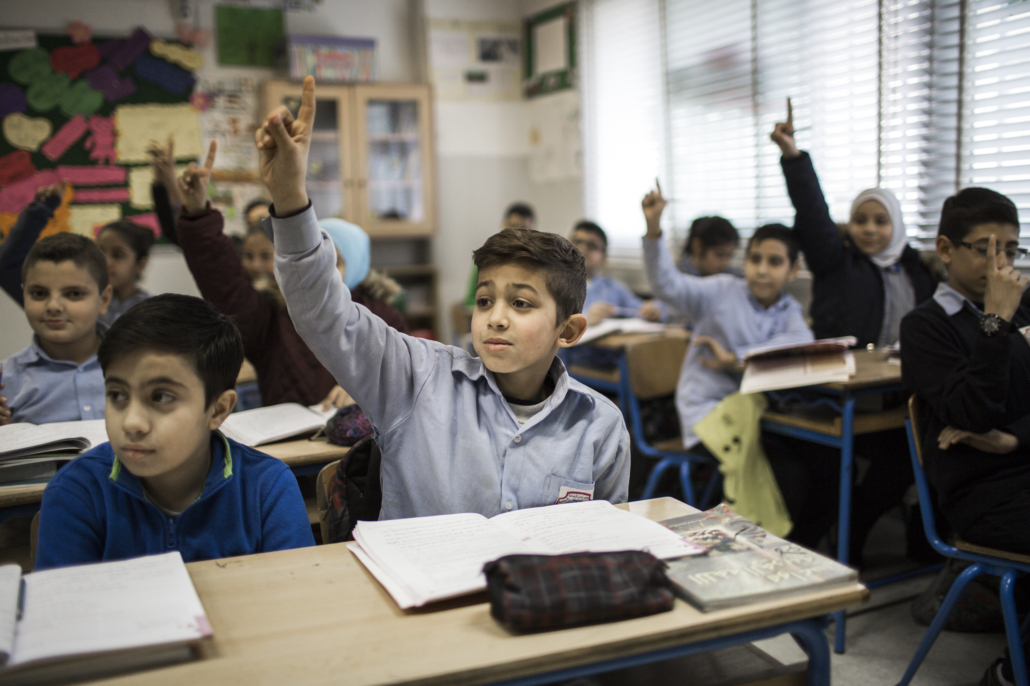
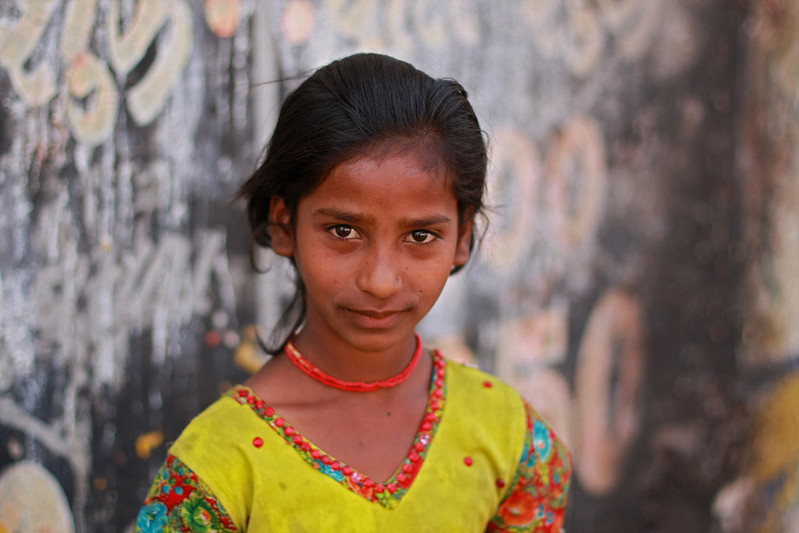 Intergenerational poverty refers to
Intergenerational poverty refers to  With
With 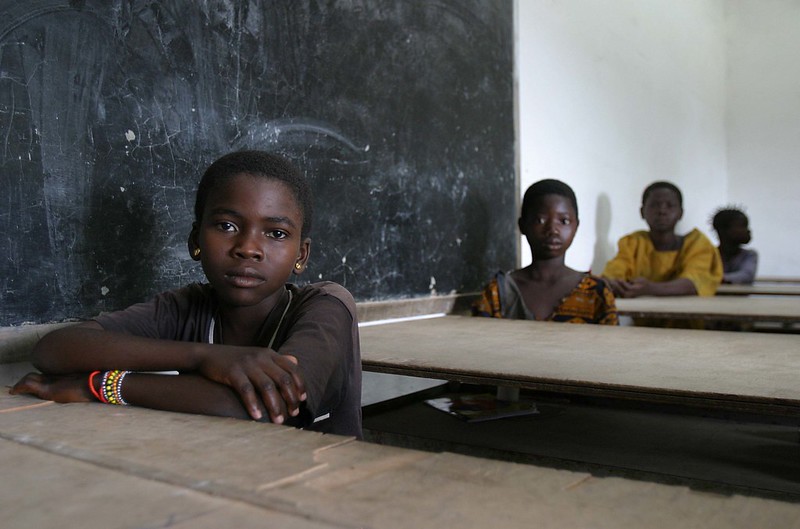
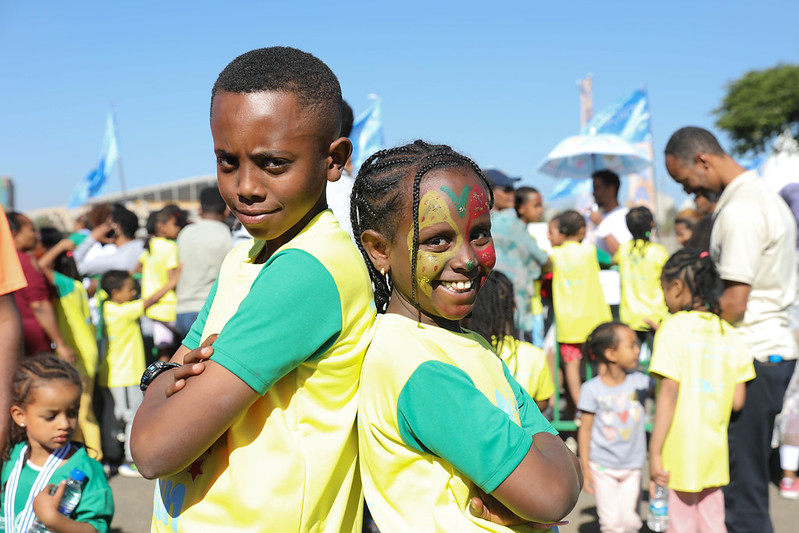 With an
With an 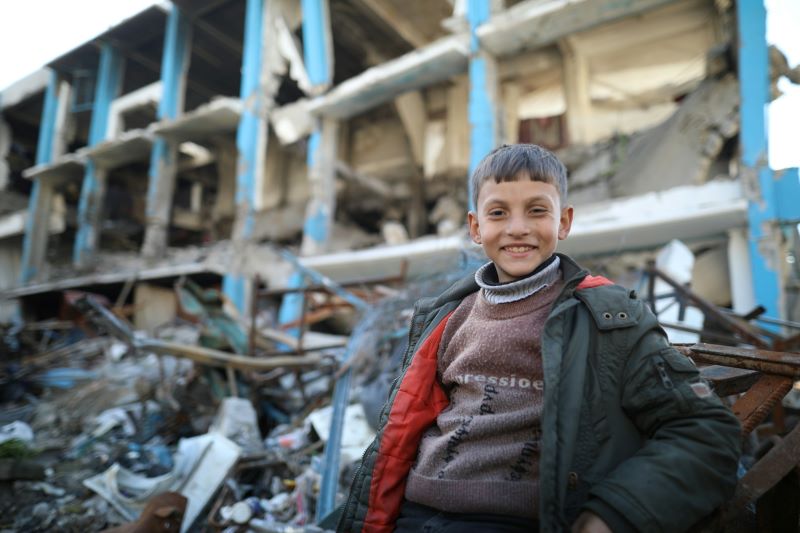 Gaza has a population of 2.3 million and is one of the “
Gaza has a population of 2.3 million and is one of the “